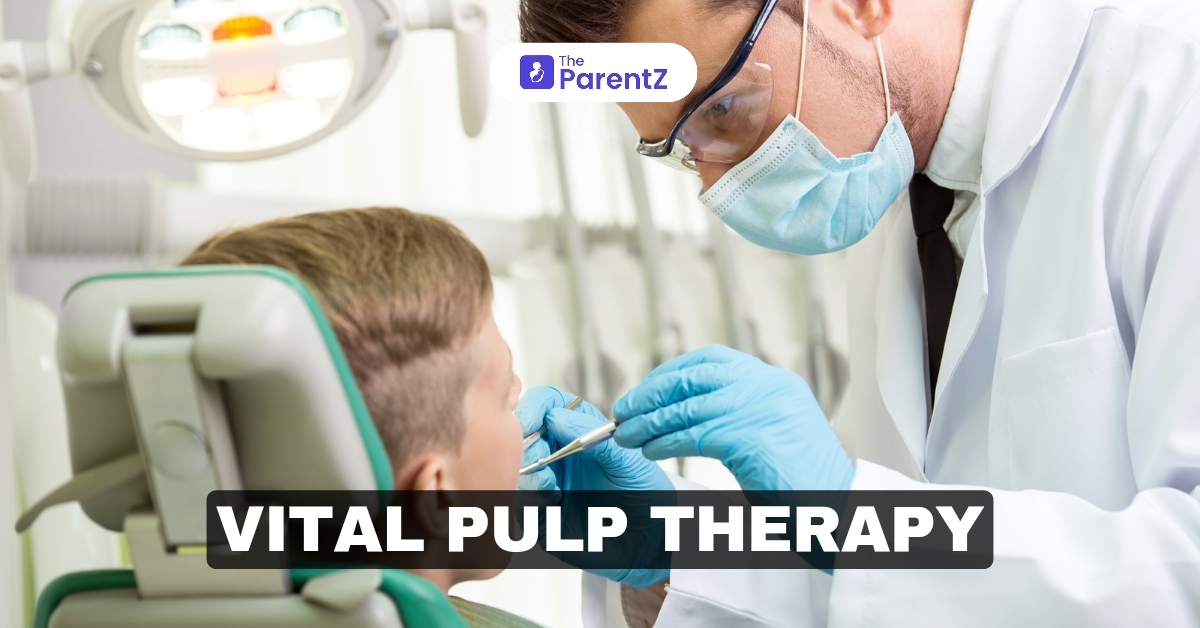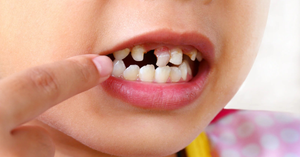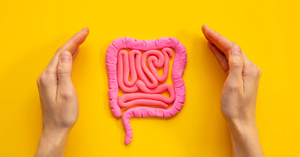Vital Pulp Therapy (VPT) is a minimally invasive dental procedure aimed at preserving the vitality of a child's tooth by treating exposed or inflamed dental pulp. The therapy is especially important in pediatric dentistry, where maintaining the health of primary teeth plays a significant role in a child's overall dental development. VPT allows the tooth to continue functioning naturally, avoiding the need for more invasive treatments like root canal therapy or extraction.
What is Vital Pulp Therapy?
Vital Pulp Therapy focuses on maintaining the health of the dental pulp—the innermost part of the tooth containing blood vessels, nerves, and connective tissues. When the pulp is exposed due to decay or trauma, VPT helps to protect it from further damage and preserve its vitality. The goal is to allow the tooth to heal naturally while maintaining its structure and function.
What Does It Include?
Vital Pulp Therapy includes several procedures, depending on the extent of pulp involvement:
- Indirect Pulp Capping: Used when the pulp is close to being exposed but not yet affected. A bio compatible material is placed over the area to stimulate healing and form new dentin.
- Direct Pulp Capping: Used when the pulp is exposed but still healthy. A medicated layer is applied directly onto the exposed pulp to encourage healing.
- Pulpotomy: In cases where part of the pulp is infected, the damaged portion is removed, and the healthy part is preserved, followed by the placement of a protective material.
- Pulpectomy: Though technically not part of VPT, this is a more extensive procedure where the entire pulp is removed, generally performed when the pulp is irreversibly damaged.
Indications for Vital Pulp Therapy
VPT is typically indicated in the following scenarios:
- Early stages of tooth decay with minimal pulp exposure
- Traumatic injuries causing minor pulp exposure
- Reversible pulpitis, where the inflammation is mild and treatable
- Fractured or chipped teeth that expose the pulp
Contraindications
There are situations where Vital Pulp Therapy is not advisable, including:
- Irreversible pulpitis or pulp necrosis, where the pulp is too damaged to heal
- Advanced tooth decay that has spread deep into the pulp
- Severe fractures where the tooth structure is compromised
- Chronic abscesses or fistulas indicating extensive infection
Benefits of Vital Pulp Therapy
The key benefits of Vital Pulp Therapy include:
- Preservation of natural tooth structure: By keeping the tooth intact, it continues to function normally and contributes to proper dental arch development in children.
- Minimally invasive: VPT avoids more aggressive treatments like extractions or root canal therapy, offering a conservative solution.
- Pain relief: It can effectively alleviate pain caused by pulp inflammation without the need for more complex procedures.
- Cost-effective: Compared to extensive procedures, VPT is usually less expensive and helps in avoiding future costly treatments.
Is it Advisable in the Long Run?
Vital Pulp Therapy is often advisable as a first-line treatment in children when the tooth pulp is still vital. However, its long-term success depends on the proper diagnosis and management of the condition. In cases where the pulp remains healthy, the therapy can extend the life of the tooth significantly. But if the tooth’s condition worsens, more invasive treatments might eventually be required.
Conclusion
Vital Pulp Therapy plays a crucial role in pediatric dental care, offering a minimally invasive option to preserve a child’s tooth vitality. While it may not always be a permanent solution, it effectively postpones the need for more aggressive treatments like extractions or root canal therapy. By maintaining the health and functionality of primary teeth, Vital Pulp Therapy contributes to long-term dental health, making it an important option in modern dentistry.








Be the first one to comment on this story.